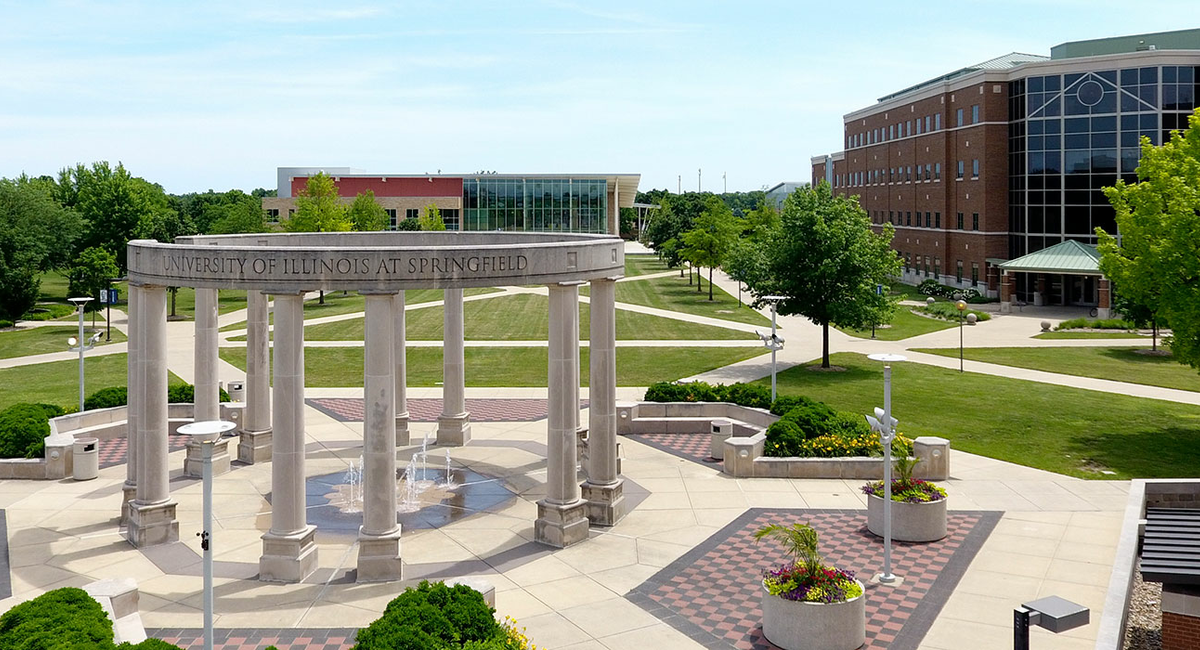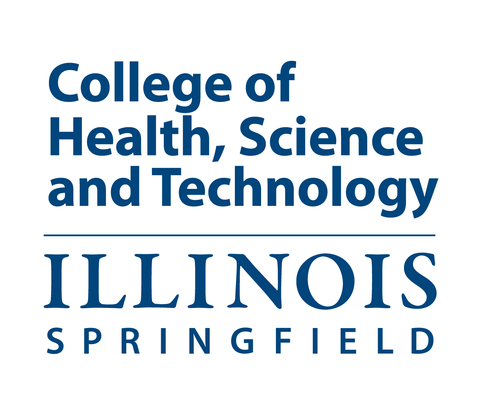
Have you ever caught yourself saying "please" to ChatGPT or yelling at Alexa?
Stop right there—do you need a reminder that they are mere machines? This moment of polite or frustrated interaction with AI marks more than just a quirky habit. It signals a pivotal transformation in how we engage with technology—an age that blurs the lines between human-computer and human-human interactions.
Funny, isn't it? But think about it—these interactions signal a profound shift in our relationship with technology. It is not just about getting tasks done anymore; it is about how these tools are becoming integral to our teamwork, communication, and knowledge sharing at home, school, and work.
We are not just adapting to new tools; we are learning to speak a new language of collaboration that blends human intuition with digital efficiency. So, as we delve into the collaboration components of a digital mindset, it is not just about leveraging technology; it is about reimagining how we connect, create, and innovate together.
The Human-Computer Symbiosis
Now that we've set the stage, let's dive deeper into how our daily interactions with AI like Alexa, ChatGPT, and more advanced forms reflect a growing partnership between humans and technology.
The evolution of artificial intelligence (AI) presents a fascinating dynamic between automating tasks and enhancing human capabilities. Leonardi and Neely's work highlights the transformative potential of digital tools in improving collaboration and productivity within organizations. They suggest that a digital mindset—one that embraces digital tools for teamwork—can significantly enhance organizational outcomes.
| Self-Assessment (Rate the following statements on a scale of 1 (strongly disagree) to 5 (strongly agree) |
|---|
| I understand machines and AI are tools, not humans, and I use them as such. |
| I know the basics of AI, like how it processes data and communicates. |
| I know machine learning adapts and learns over time without direct programming. |
| I am deliberate about what I ask AI to do, knowing its limits and strengths. |
| I decide when to rely on AI’s results and when to double-check them. |
However, as AI technologies evolve, there is a palpable tension between the fear of automation replacing human jobs and the promise of augmentation enhancing human capabilities. McGowan champions the perspective that, rather than focusing on what technology may automate, we should concentrate on how it can extend human potential.
As AI evolves, so does the debate. Should we fear job loss, or should we embrace the potential to enhance our capabilities?
This shift in focus heralds a new era where uniquely human skills become increasingly critical. As machines grow more sophisticated and human-like in their capabilities, entering domains once considered the exclusive realm of routine knowledge work, the value of human intuition, creativity, and empathy becomes paramount.
The potential for a symbiotic relationship between humans and AI hinges on recognizing and cultivating those uniquely human skills that machines cannot replicate. McGowan points to the importance of a design mindset, social intelligence, sensemaking, novel and adaptive thinking, and transdisciplinarity—abilities that allow humans to navigate complex social interactions, conceptualize innovative solutions, and adapt to unforeseen challenges.
These skills underscore the necessity of viewing AI not as a replacement but as a partner in the creative and intellectual processes. The future of work will increasingly require us to leverage our human attributes to complement AI's computational and data-processing prowess. By doing so, we can harness the collective intelligence of humans and machines to solve complex problems, innovate, and drive societal progress.
It's about leveraging AI to amplify our human potential, focusing on skills that machines can't mimic—intuition, creativity, and empathy.
The Future of Work – Digital Presence in a Virtual World
With our uniquely human skills as a foundation, navigating the virtual work landscape requires a thoughtful approach to maintaining our digital presence.
Collaboration with digital tools is not just about using technology but fundamentally rethinking our approach to work. Digital platforms have evolved from mere facilitation tools to active participants in our collaborative efforts. This transition challenges us to learn new practices for achieving a digital presence, ensuring that our human potential is maintained and amplified.
In the realm of remote work, the absence of non-verbal cues and spontaneous communication poses what is known as the mutual knowledge problem. Creating a shared experience and understanding is crucial for social bonding and effective collaboration. Overcoming this challenge requires a digital mindset that embraces the following practices:
| Self-Assessment (Rate the following statements on a scale of 1 (strongly disagree) to 5 (strongly agree) |
|---|
| I use digital tools to work with others, adding value to our team's work. |
| I overcome the lack of face-to-face cues in virtual work by actively communicating. |
| I keep my team updated on my progress, regardless of where we are. |
| I use social media at work to share job insights and engage in discussions. |
| I build relationships on social platforms, mixing work and social interactions. |
- Active Updates: Proactively sharing progress and transparency about the need for course corrections keeps teams aligned and engaged.
- Curiosity and Timeliness: Communicating on collaborators' timelines, considering their time zones and schedules, fosters a sense of respect and inclusion.
- Utilizing Social Media: Beyond casual interactions, internal social media platforms serve as a conduit for articulating organizational roles and contributions and fostering open dialogues.
- Personalization and Engagement: Encouraging social interactions on digital platforms helps build rapport, which is essential for a cohesive team dynamic.
When leveraged correctly, technology can enhance our collective problem-solving abilities, facilitate knowledge sharing, and create more inclusive and dynamic collaborative environments.
Conclusion
The digital age challenges us to rethink our roles alongside AI, not as competitors but as collaborators aiming for a common goal of innovation and growth. The future of work demands a nuanced understanding of how technology can extend our capabilities. By embracing a design mindset focused on symbiosis between human intelligence and machine capabilities, fostering social intelligence, and optimizing our digital presence, we can create work environments that are more productive and more fulfilling.
Sources:
Leonardi, P. M., & Neeley, T. (2022). The digital mindset: What it really takes to thrive in the age of data, algorithms, and AI. Harvard Business Review.
McGowan, H. E., & Shipley, C. (2020). The adaptation advantage: Let go, learn fast, and thrive in the future of work. John Wiley & Sons.



